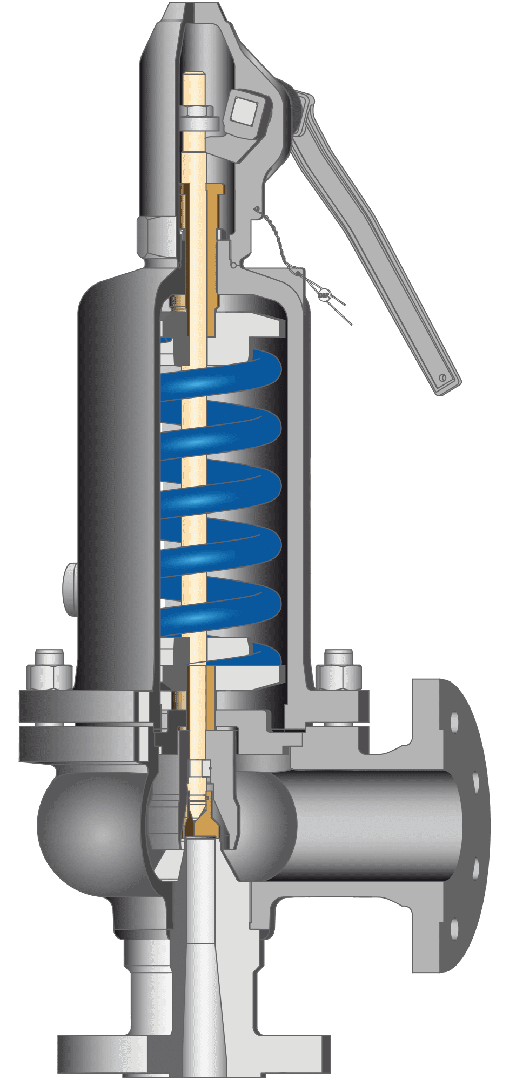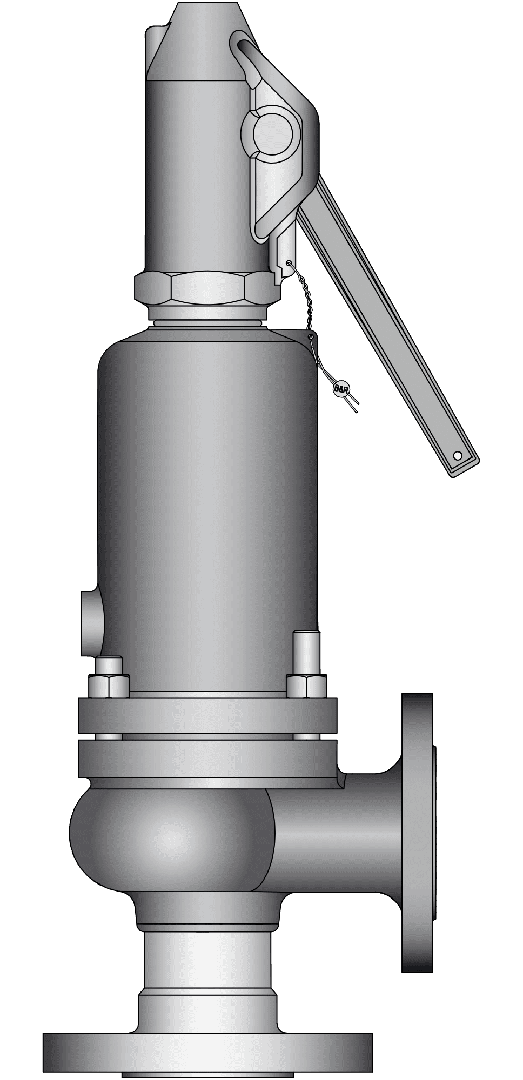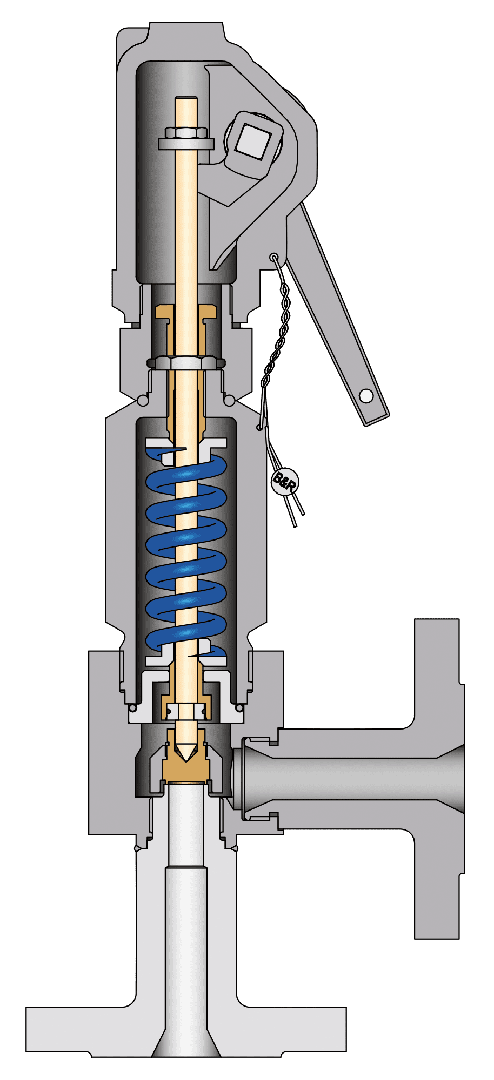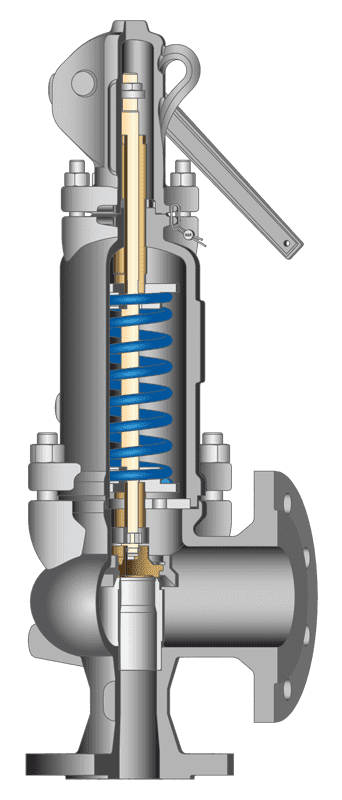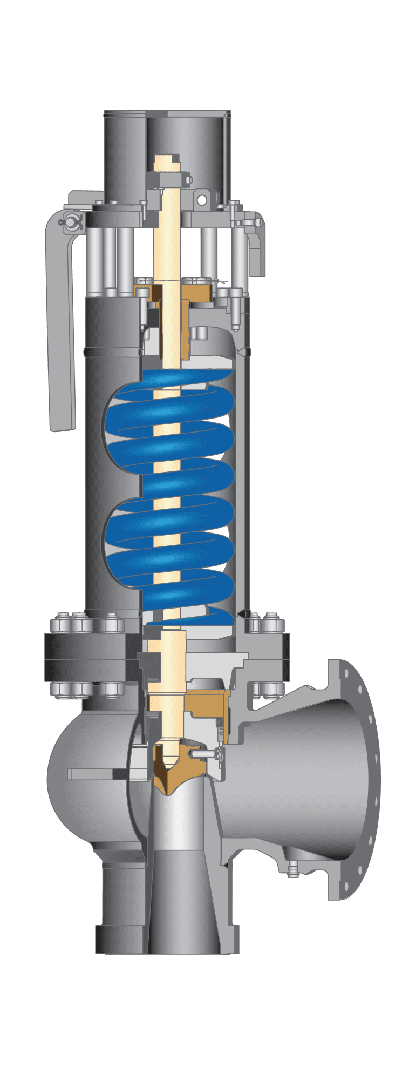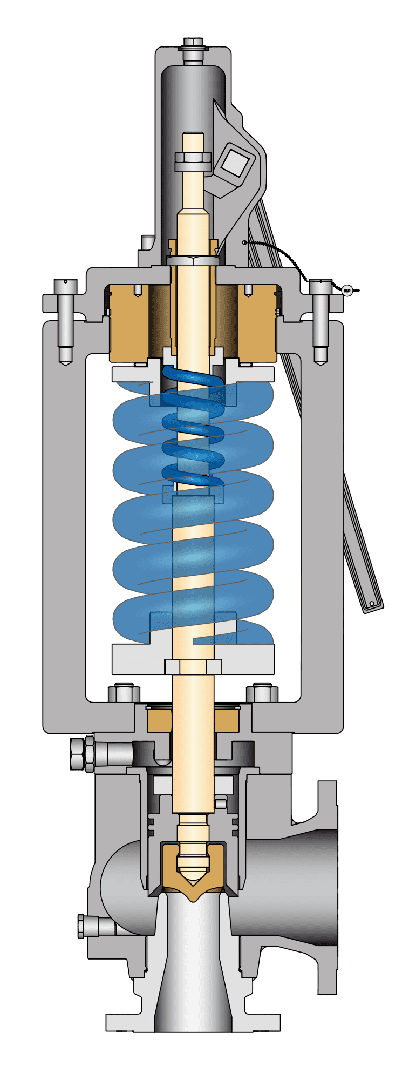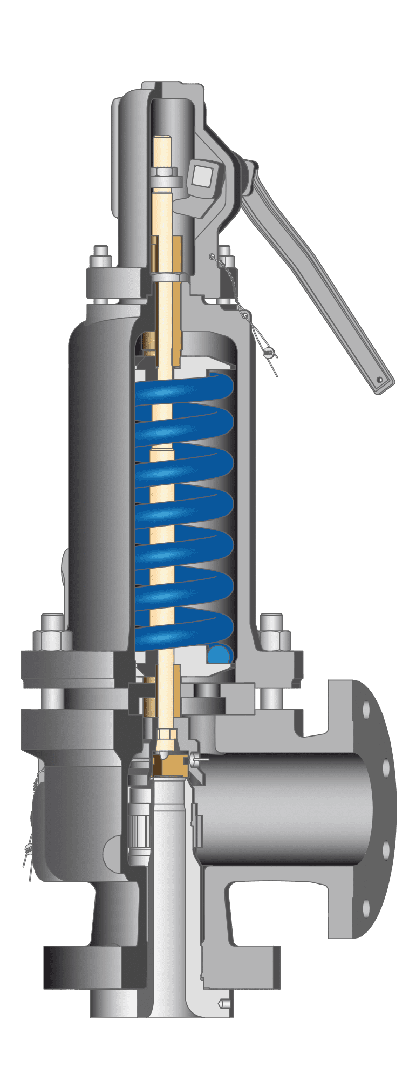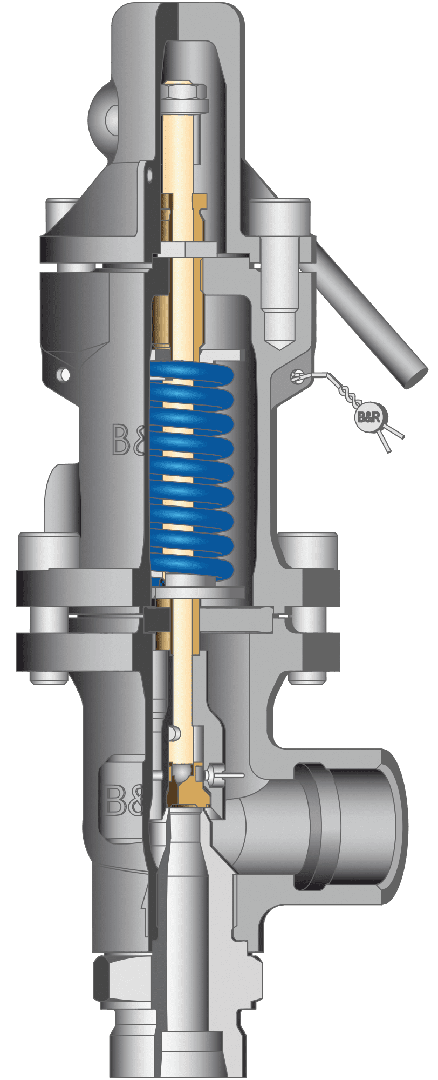Benefits of Si 2323 - Si 2324 - Si 2325
Many of the alternative interstage attemperator systems overlook several or all of the root causes of failure. Such designs will lead to problems in your plant, it’s only a matter of time!
Some of the first signs of trouble start with uncontrolled spraywater flow and leakage. Scheduled inspections often reveal:
- Damaged spray nozzles
- Cracked attemperator housings
- Damaged seals
- Cracked steam pipes and boiler tubes
- Cracked-broken thermal liners
- High pressure drop through the spraywater control portion of the attemperator
- High thermal stresses caused by large temperature differences between the steam and the cooling water
- Poor atomization of the cooling water leading to large amounts of unevaporated water in the steam line
- Poor installation with short distances to downstream elbows, temperature sensors, or HRSG re-entry points.
The root cause of most interstage attemperator problems can be traced to four main system-installation parameters:
- Damaged spray nozzles
- Cracked attemperator housings
- Damaged seals
- Cracked steam pipes and boiler tubes
- Cracked-broken thermal liners
- High pressure drop through the spraywater control portion of the attemperator
- High thermal stresses caused by large temperature differences between the steam and the cooling water
- Poor atomization of the cooling water leading to large amounts of unevaporated water in the steam line
- Poor installation with short distances to downstream elbows, temperature sensors, or HRSG re-entry points.
